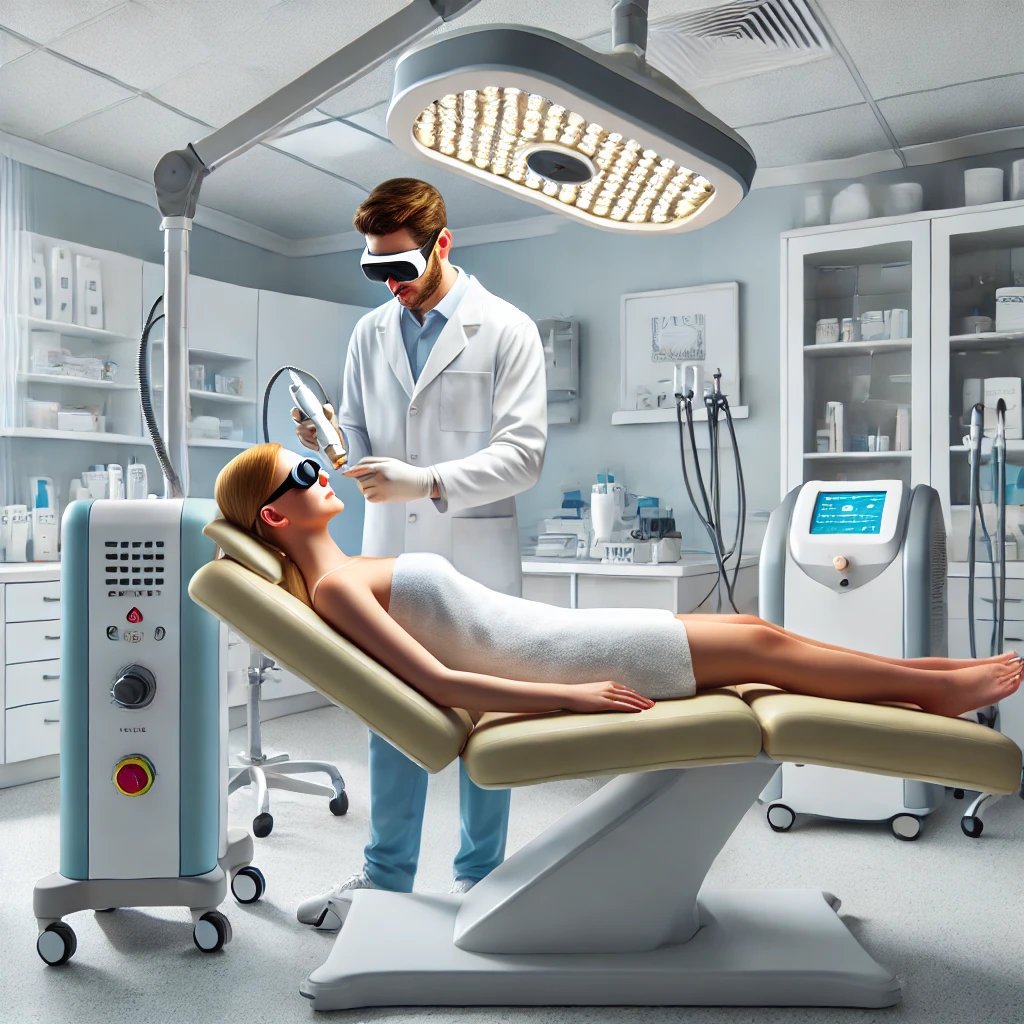Laser and Intense Pulsed Light (IPL) Treatment for Pigmented Lesions
Laser and Intense Pulsed Light (IPL) treatments are effective options for addressing pigmented lesions in individuals with fair skin. These treatments are particularly successful in managing various pigmentation disorders, including melasma (chloasma), solar lentigos (sun spots), and freckles. Solar lentigos, which are brown spots commonly found on sun-exposed areas like the tops of the hands and face, are the most frequently treated pigmentation issue. Laser therapy can effectively reduce pigmentation in these and other disorders, providing a significant improvement in skin appearance.
One of the primary advantages of laser pigment removal over other methods, such as liquid nitrogen therapy, is the minimized risk of unsightly scarring. Liquid nitrogen therapy often leaves white scars and creates a spotty appearance with multiple brown and white areas. The healing process can also be messy, with blistering that is difficult to conceal. Depigmenting creams, while a non-invasive option, tend to work slowly and rarely achieve satisfactory results.
During a laser or IPL treatment session, patients wear protective goggles, and a thin layer of gel is applied to the skin. The laser device is then moved over the treatment area, emitting bright flashes that target the excess pigmentation. Most patients require 1 to 3 sessions to achieve a 50-90% reduction in pigmentation, depending on the severity and specific disorder treated.
After the treatment, patients typically experience an initial darkening of the pigmented areas, which confirms the pigment was successfully targeted. Over the next few days, the areas develop a mottled brown appearance that gradually fades over one to two weeks. These effects can be easily camouflaged with makeup.
While laser treatment is generally well-tolerated, some patients may find it uncomfortable. If necessary, analgesics can be provided. It is important to note that pigmented areas may reappear if the underlying causes, such as excessive sun exposure, are not addressed.
A post-treatment plan is essential to minimize the chance of recurrence. The cost of laser pigment removal varies based on the treatment area size.

